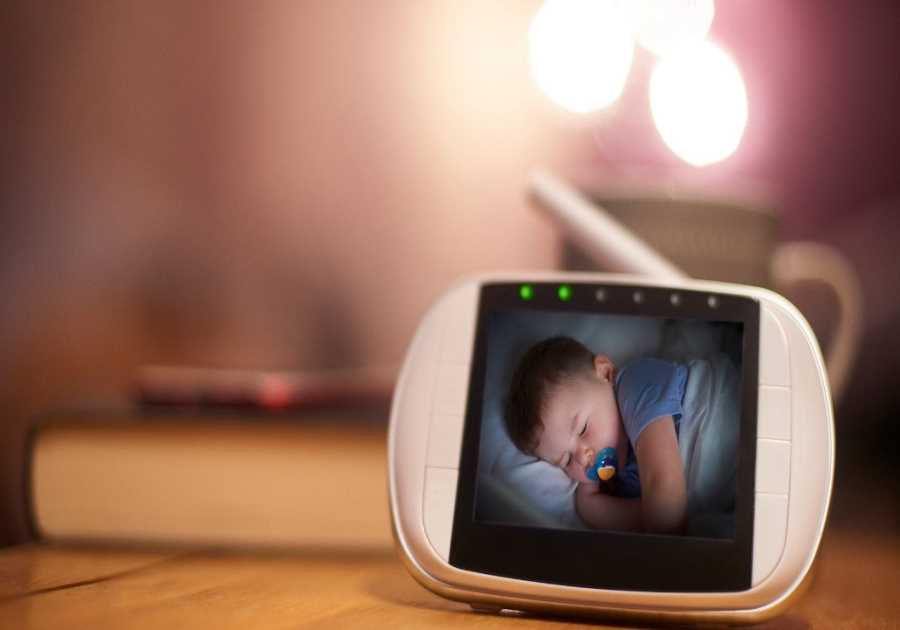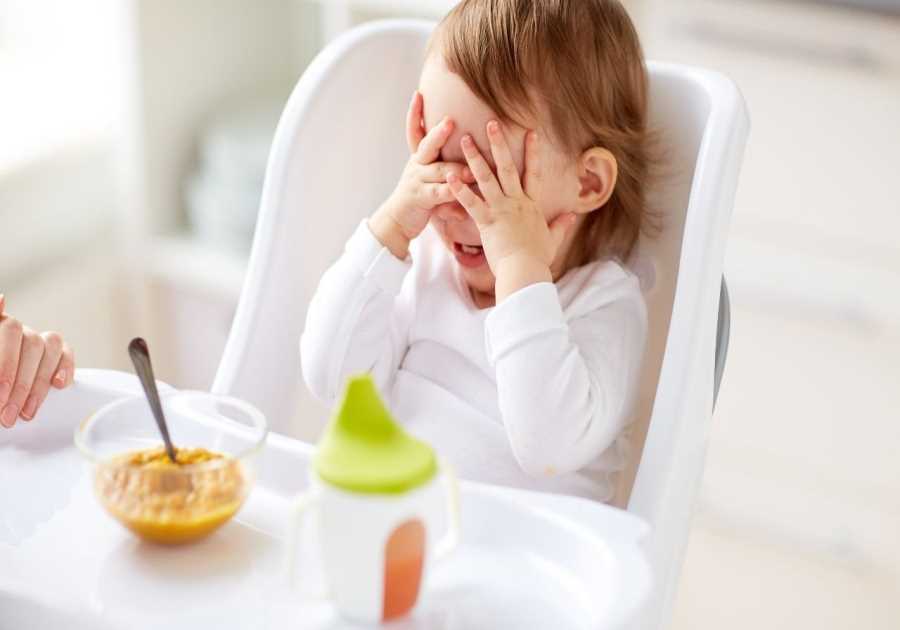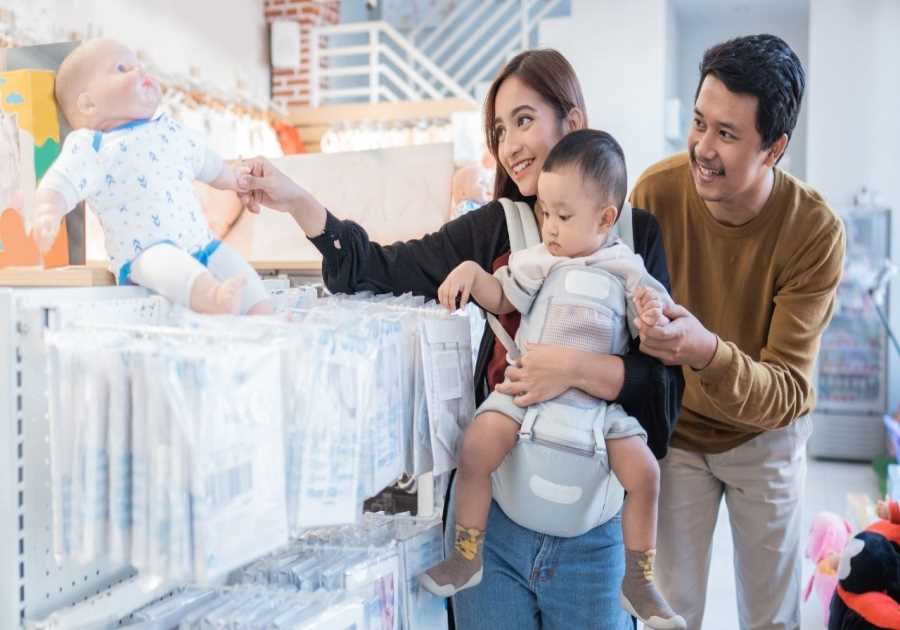Are you a parent who worries about the safety of your child? Do you constantly find yourself on edge, worrying about potential hazards in your home? When it comes to childproofing, it's easy to feel overwhelmed and unsure of where to start. But fear not - with the right tools and knowledge, you can create a safe and happy home for your little ones.
Childproofing is more than just covering electrical outlets or locking up cleaning supplies. It's about identifying potential dangers in every corner of your home, from sharp corners to loose rugs. By taking proactive steps to make your space safer, you'll be able to relax and enjoy time with your family without constantly worrying about accidents or injuries. In this article, we'll explore practical solutions for creating a secure environment that will give both you and your child peace of mind.
Identify Potential Hazards in Your Home
Take a careful look around and you'll spot hazards lurking in every nook and cranny of your humble abode. As a responsible parent, it is critical to ensure that your house is safe for your little ones. One way to achieve this is by going through a safety checklist to identify common household hazards that could potentially harm them.
Start at ground level and work your way up, checking every room for potential hazards. Look out for sharp edges, loose cords, and slippery surfaces that could cause accidents. Make sure all electrical outlets are covered with childproof caps, especially those within reach of curious toddlers. Secure cabinets containing hazardous substances like cleaning agents or medications with locks or latches to prevent children from accessing them. Once you've identified these risks, take action immediately to remove or minimize them as much as possible. By taking proactive steps towards childproofing your home, you can create a safer environment for everyone in the family.
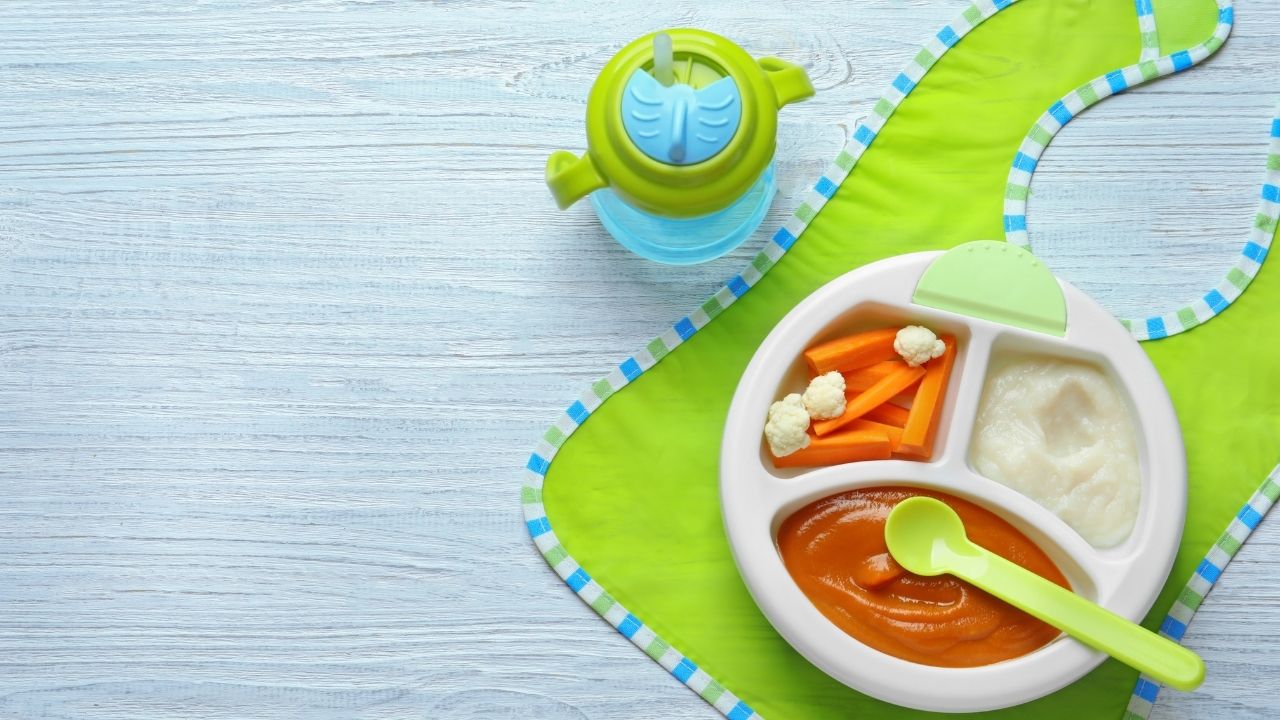
And speaking of creating a safer environment - don't forget about installing safety features!
Install Safety Features
You'll want to make sure your home is equipped with safety features to protect your little ones. While there are many DIY options available, it's important to consider hiring a professional for certain installations such as safety gates and window guards. Professional installation ensures that the product will be properly secured and able to withstand the weight and force of a child.
When it comes to affordable options, there are many cost-effective solutions available. For example, plastic outlet covers can be purchased in bulk for a low price, making it easy to cover all exposed outlets in your home. Additionally, door knob covers can be purchased in packs of two or more for an affordable price. These simple devices prevent curious little hands from opening doors they shouldn't be opening.
To further ensure the safety of your children, make sure hazardous materials are stored safely out of reach.

Store Hazardous Materials Safely
Let's keep those potentially hazardous materials stored safely away from curious little hands, shall we? As a responsible parent, it is your duty to ensure that all hazardous materials in your home are kept out of reach of children. Here are some practical tips to help you store these items safely:
Use Child-resistant Containers: Store chemicals such as cleaning products and medicines in containers with child-resistant caps. These containers can be challenging for young children to open, making them less likely to accidentally ingest the contents.
Locking Cabinets: Consider installing locking cabinets in areas where hazardous materials are stored. This will provide an additional layer of protection against curious little ones who may try to access these items.
Keep Hazardous Materials Out Of Reach: Store hazardous materials on high shelves or in locked cabinets that are inaccessible to young children.
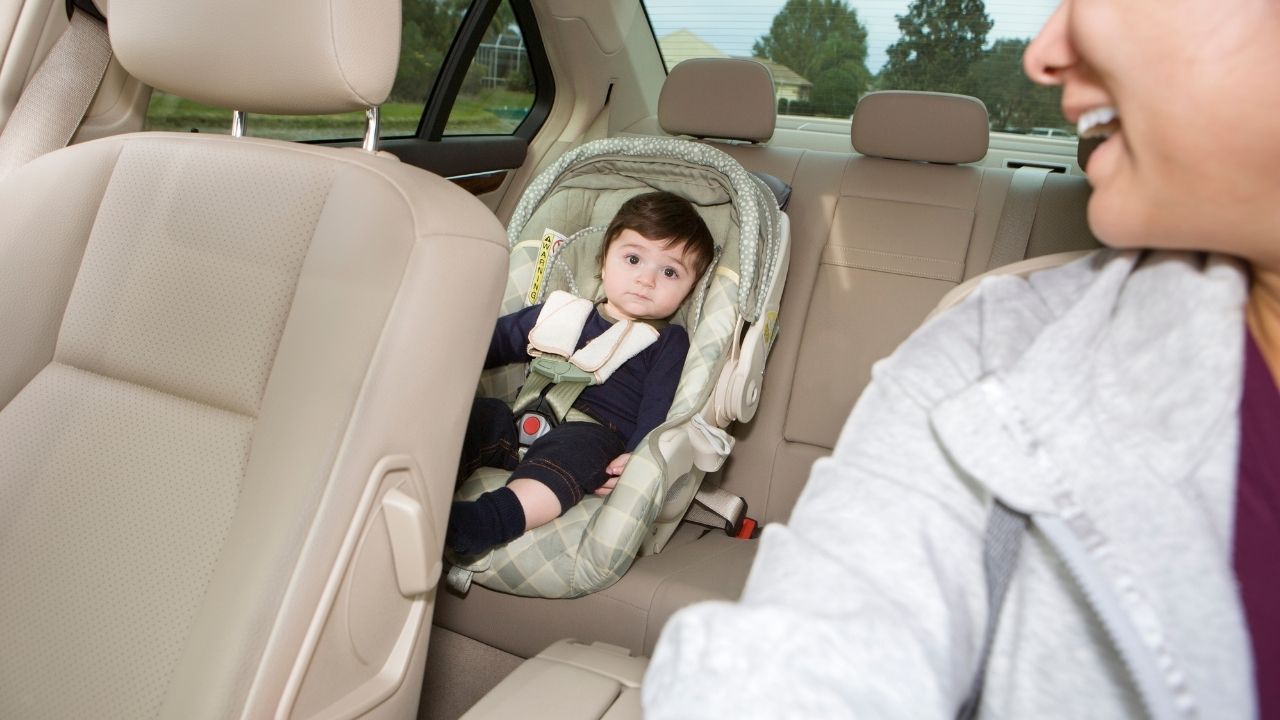
Label Everything Clearly: Make sure everything is labeled clearly and accurately so that you know exactly what each container contains, even if it's been years since you last used it.
By following these simple steps, you can significantly reduce the risk of accidental poisoning or injury caused by exposure to hazardous materials at home. However, while taking precautions is vital, educating your child about safety is equally important.
Teach Your Child About Safety
Teaching your little ones about safety can be a fun and interactive way to ensure that they understand the importance of staying away from potential hazards. Role-playing is an excellent way to teach children how to respond in different situations. For example, you could play out scenarios where you pretend to fall or get hurt and show your child how to call for help. This activity not only teaches them how to react but also helps build their confidence.
Another great way to teach safety is by playing safety rules games. You could create a game that involves matching pictures of safe and unsafe activities, or have them point out any potential hazards in the house. Make it age-appropriate and engaging so that your child will enjoy learning about safety while having fun. Remember, teaching your child about safety isn't a one-time thing; it's an ongoing process that requires consistency and patience on your part. Stay vigilant and consistent in reinforcing what you've taught them, so they'll develop good habits when it comes to staying safe at home or outside.

Stay Vigilant and Consistent
To keep your child safe, it's important to stay vigilant and consistent in reinforcing good habits when it comes to potential hazards both at home and outside. Regular checks around the house can help identify any safety hazards that need to be addressed, such as loose rugs or exposed electrical cords. It's also important to conduct regular safety drills with your child, practicing what they should do in case of emergencies such as fires or severe weather.
Here are four additional tips for staying vigilant and consistent in keeping your child safe:
- Store toxic substances out of reach: Keep all household cleaning products, medications, and other toxic substances locked up and out of reach from children.
- Supervise outdoor play: When your child is playing outside, make sure you're supervising them closely and have set boundaries for where they're allowed to go.
- Teach stranger danger: Talk with your child about the dangers associated with strangers and teach them how to respond if a stranger approaches them.
- Consistently reinforce rules: Whether it's wearing a helmet while riding a bike or not running near the pool, consistently reinforce the rules you've established with your child.
Seek Professional Help When Needed
Now that you know how to stay vigilant and consistent in childproofing your home, there may be times when it's best to seek professional help. Don't hesitate to reach out for expert assistance when needed. The benefits of consulting with experienced professionals can make a big difference in ensuring a safe and happy home environment.
Choosing experts who specialize in childproofing can provide peace of mind knowing that they have the knowledge and expertise to identify potential hazards and offer practical solutions. They can also provide customized recommendations based on your specific needs, budget, and lifestyle. Professional childproofers can install safety devices such as baby gates, cabinet locks, window guards, electrical outlet covers, and more. Additionally, they can teach you how to use these safety devices correctly so you can maintain the safety of your home on your own. Seeking professional help when needed is an investment in your family's well-being that will pay off in the long run.

Frequently Asked Questions
What are some common misconceptions about childproofing a home?
When it comes to childproofing your home, there are a few common misconceptions that you should be aware of. First, some people believe that being overly protective is necessary when it comes to keeping their children safe. While caution is definitely important, going overboard can actually hinder your child's development and ability to learn about the world around them. Additionally, many people think that childproofing is a one-time fix - but in reality, as your child grows and develops new skills and abilities, you'll need to continually assess and adjust your safety measures accordingly. By understanding these misconceptions and taking a thoughtful approach to childproofing, you can create a safe and happy home for your family.
How can parents encourage their children to participate in safety practices?
Rewarding your child's participation in safety practices is a great way to encourage them to stay safe. Making safety fun can also help them remember important rules and habits. For example, you could create a sticker chart for wearing helmets while biking or scootering, or give out high fives for remembering to buckle their seatbelt. It's important to make sure the rewards are age-appropriate and meaningful for your child. By involving your child in safety practices and making it enjoyable, they will not only learn how to keep themselves safe but also feel empowered and valued as part of the process.
What are some creative ways to childproof specific areas in a home, such as stairs or cabinets?
To keep your little ones safe, you need to childproof specific areas in your home like stairs and cabinets. One creative way to DIY childproofing for stairs is to use colorful stickers on the edges of each step. Not only will it help prevent slips and falls, but it will also make going up and down more fun for kids. For cabinets, consider using magnetic locks or latches that are easy for adults to open but impossible for children. However, if you're not confident in your DIY skills, hiring professionals for childproofing is always an option. They can provide customized solutions based on your needs and help ensure that every nook and cranny in your home is safe for your little ones. Remember, keeping your children safe is a top priority, so don't hesitate to take the necessary steps to create a happy and secure environment for them.
What are some safety concerns that may arise when having guests with children over?
When you're having guests with children over, it's important to consider childproofing furniture and taking outdoor safety measures. Make sure any potentially dangerous items are out of reach, like sharp objects or cleaning supplies. Cover electrical outlets and secure cords so they don't pose a tripping hazard. If you have a pool or other outdoor area, make sure it's properly secured with fencing and locks. Consider adding non-slip mats to any areas where children may be running or playing outside. By taking these precautions, you can ensure that your home is safe for all of your guests' little ones.

How can parents balance allowing their children to explore and learn with keeping them safe?
As a parent, you want your child to explore and learn, but safety is always a top concern. Outdoor exploration can be a great way for children to learn about the world around them, but it's important to always supervise playtime. This doesn't mean hovering over your child every second, but rather being present and aware of potential dangers. You can set boundaries for where your child can play and explore, while also providing opportunities for them to learn and discover new things. By balancing supervision with opportunities for exploration, you can create a safe environment that allows your child to learn and grow. Remember, safety is key, but so is allowing your child to experience the joy of discovery in their own way.
Conclusion
Congratulations! You have successfully childproofed your home. By taking the time to identify potential hazards, installing safety features, and storing hazardous materials safely, you have created a safe and happy environment for your little ones to play and grow.
Remember to teach your children about safety and stay vigilant and consistent in enforcing rules and boundaries. It may seem overwhelming at times, but it is worth it to ensure the well-being of your family. Your efforts will pay off when you see your children playing freely without fear of harm.
You are a superhero! You have transformed your home into a fortress of safety for your precious little ones. Your dedication to their well-being is inspiring, and you deserve all the praise in the world. Keep up the great work and continue seeking professional help when needed. With these practical solutions, you can rest easy knowing that your home is childproofed and ready for any adventure that comes its way!

.png)



